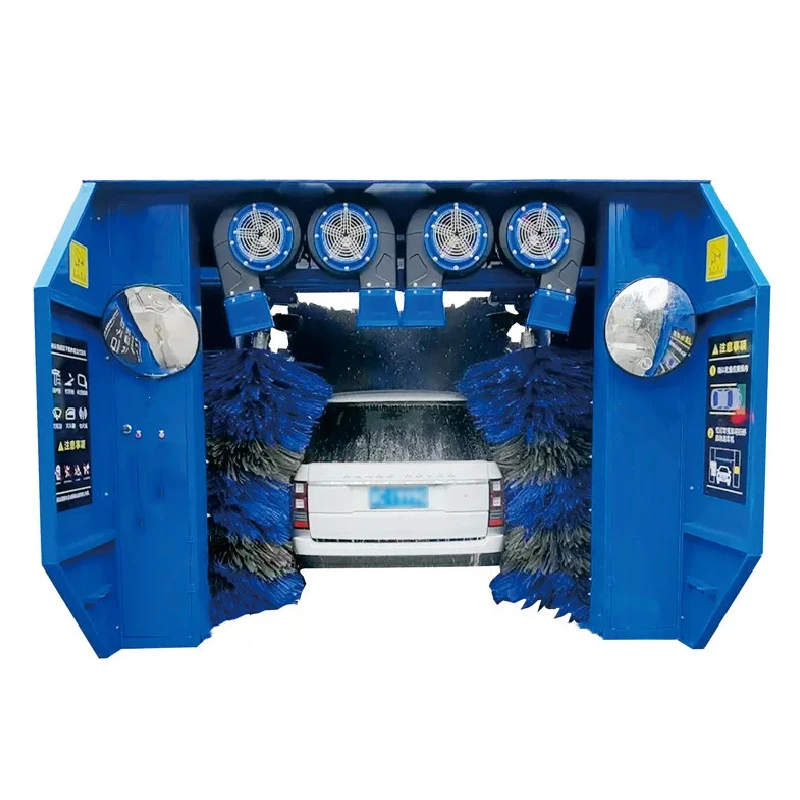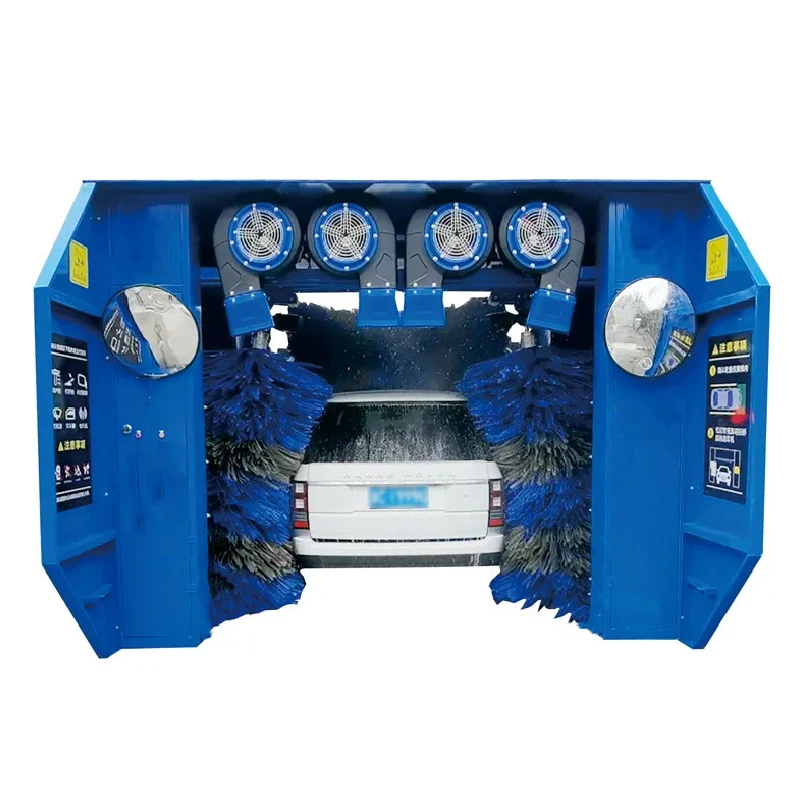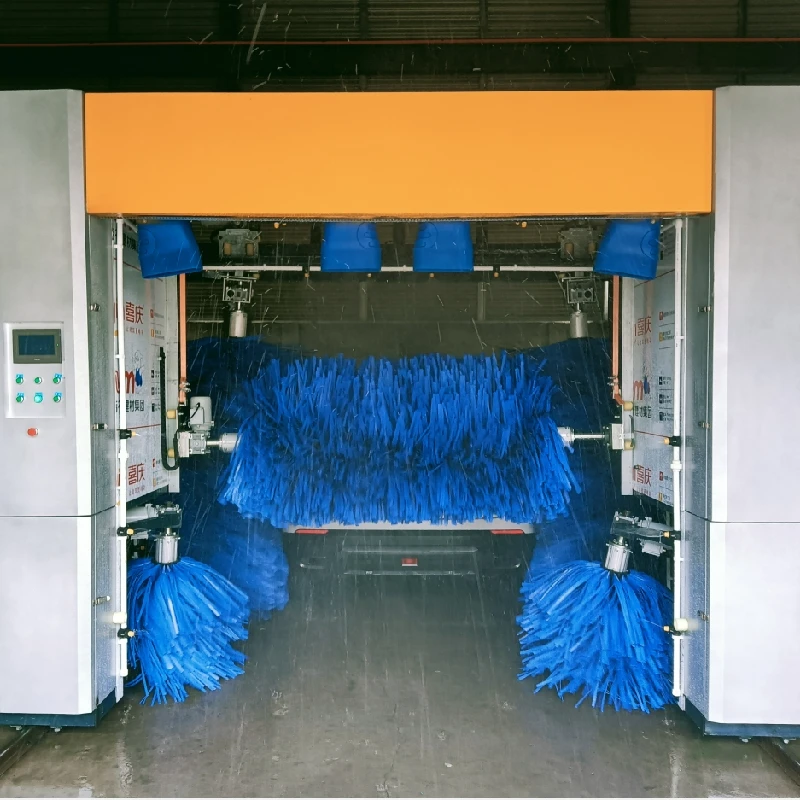
- Afrikaans
- Albanian
- Amharic
- Arabic
- Armenian
- Azerbaijani
- Basque
- Belarusian
- Bengali
- Bosnian
- Bulgarian
- Catalan
- Cebuano
- Corsican
- Croatian
- Czech
- Danish
- Dutch
- English
- Esperanto
- Estonian
- Finnish
- French
- Frisian
- Galician
- Georgian
- German
- Greek
- Gujarati
- Haitian Creole
- hausa
- hawaiian
- Hebrew
- Hindi
- Miao
- Hungarian
- Icelandic
- igbo
- Indonesian
- irish
- Italian
- Japanese
- Javanese
- Kannada
- kazakh
- Khmer
- Rwandese
- Korean
- Kurdish
- Kyrgyz
- Lao
- Latin
- Latvian
- Lithuanian
- Luxembourgish
- Macedonian
- Malgashi
- Malay
- Malayalam
- Maltese
- Maori
- Marathi
- Mongolian
- Myanmar
- Nepali
- Norwegian
- Norwegian
- Occitan
- Pashto
- Persian
- Polish
- Portuguese
- Punjabi
- Romanian
- Russian
- Samoan
- Scottish Gaelic
- Serbian
- Sesotho
- Shona
- Sindhi
- Sinhala
- Slovak
- Slovenian
- Somali
- Spanish
- Sundanese
- Swahili
- Swedish
- Tagalog
- Tajik
- Tamil
- Tatar
- Telugu
- Thai
- Turkish
- Turkmen
- Ukrainian
- Urdu
- Uighur
- Uzbek
- Vietnamese
- Welsh
- Bantu
- Yiddish
- Yoruba
wash rack water recycling system
Enhancing Sustainability with Wash Rack Water Recycling Systems
In today’s world, where environmental concerns are becoming increasingly paramount, the significance of sustainable practices in various industries cannot be overstated. One innovative solution that reflects this shift towards sustainability is the wash rack water recycling system. This technology is especially vital for industries that rely heavily on vehicle cleaning, maintenance, and other forms of wash down—such as transportation, logistics, construction, and agriculture.
A wash rack is a designated area where vehicles, equipment, and machinery are cleaned. Traditionally, these operations consume significant amounts of water, contributing to wastage and environmental degradation. Furthermore, the runoff from washing vehicles often contains harmful contaminants like oil, grease, dirt, and chemicals, which can pose a risk to local water sources. The implementation of a wash rack water recycling system addresses these issues by allowing for the efficient purification and reuse of wash water, thus minimizing both water consumption and pollution.
How does a wash rack water recycling system work? The process begins by collecting wastewater that flows off vehicles during the washing process. This collected water often contains various pollutants that need to be filtered out. The system utilizes several stages of treatment to ensure that the water is clean and safe for reuse. Typically, the first step involves a sedimentation process where heavier particles settle at the bottom of a tank. Following this, the water undergoes filtration and biological treatment to remove contaminants effectively.
wash rack water recycling system

Once treated, the recycled water can be reused for subsequent washing operations, drastically reducing the total water required. This closed-loop system not only conserves water but also lowers operational costs. In fact, businesses can see significant savings on their water bills, while also complying with local environmental regulations concerning water discharge.
The benefits of wash rack water recycling systems go beyond mere cost savings. Implementing such systems can enhance a company’s reputation as a responsible and eco-friendly business. In an era where consumers are increasingly conscious of environmental impacts, demonstrating a commitment to sustainability can be a powerful marketing tool. Additionally, many governmental bodies offer incentives for businesses that adopt green technologies, providing further financial advantages.
Moreover, these systems contribute to the protection of local ecosystems by reducing the risk of polluted runoff entering streams, rivers, and lakes. Cleaner waterways not only benefit marine life but also enhance the quality of life for communities that rely on these natural resources for recreation and drinking water.
In conclusion, wash rack water recycling systems represent a forward-thinking approach to water management in industries that require vehicle and equipment cleaning. By minimizing water consumption and preventing pollution, these systems embody a commitment to sustainability and environmental stewardship. As industries strive to meet more stringent regulations and societal expectations, investing in water recycling technology will not only address current environmental challenges but also pave the way for a more sustainable future.
-
Safe and Effective Use of Auto Detailing Pressure WasherNewsJun.04,2025
-
Overcoming Challenges in Operating Automatic Car Wash Equipment for SaleNewsJun.04,2025
-
Maintenance Tips for Car Under Wash MachineNewsJun.04,2025
-
Energy Efficiency Upgrades for Modern Car Wash Tunnel EquipmentNewsJun.04,2025
-
Eco-Friendly Car Detail Equipment For Sale Revolutionizing the IndustryNewsJun.04,2025
-
Customizing Automated Car Wash Brushes for SaleNewsJun.04,2025



